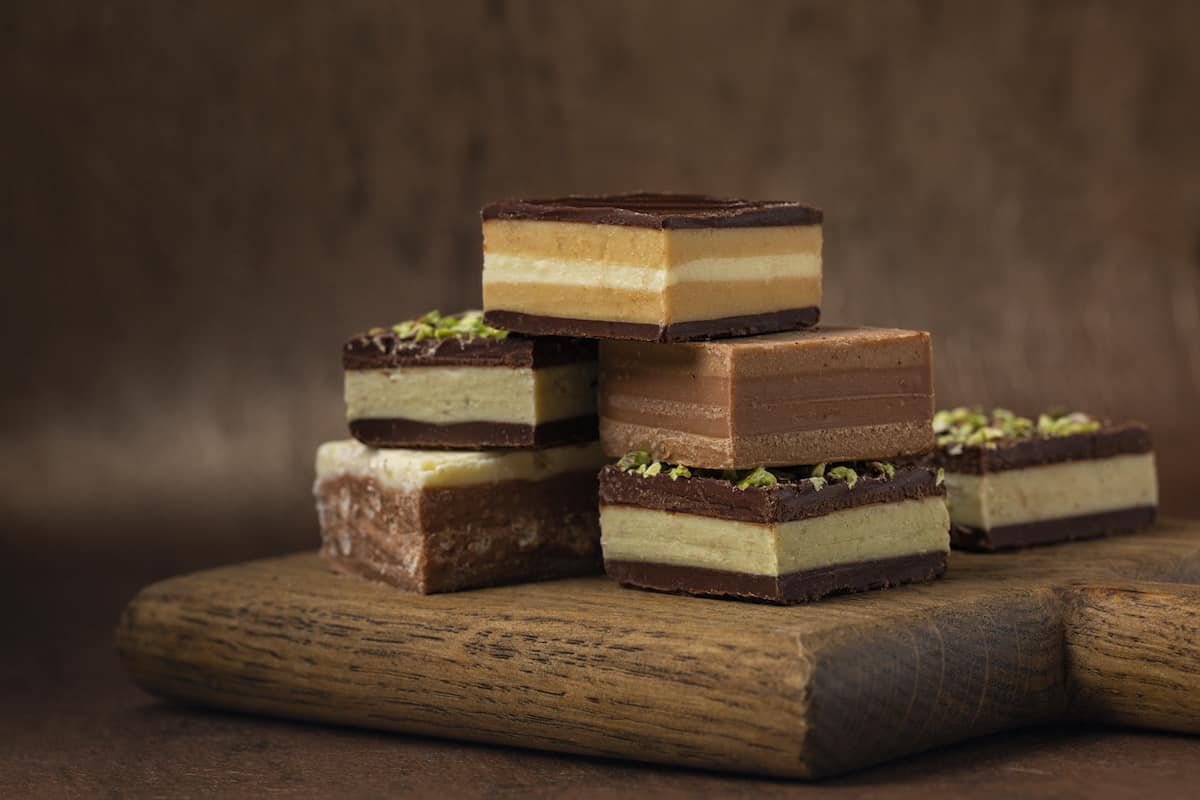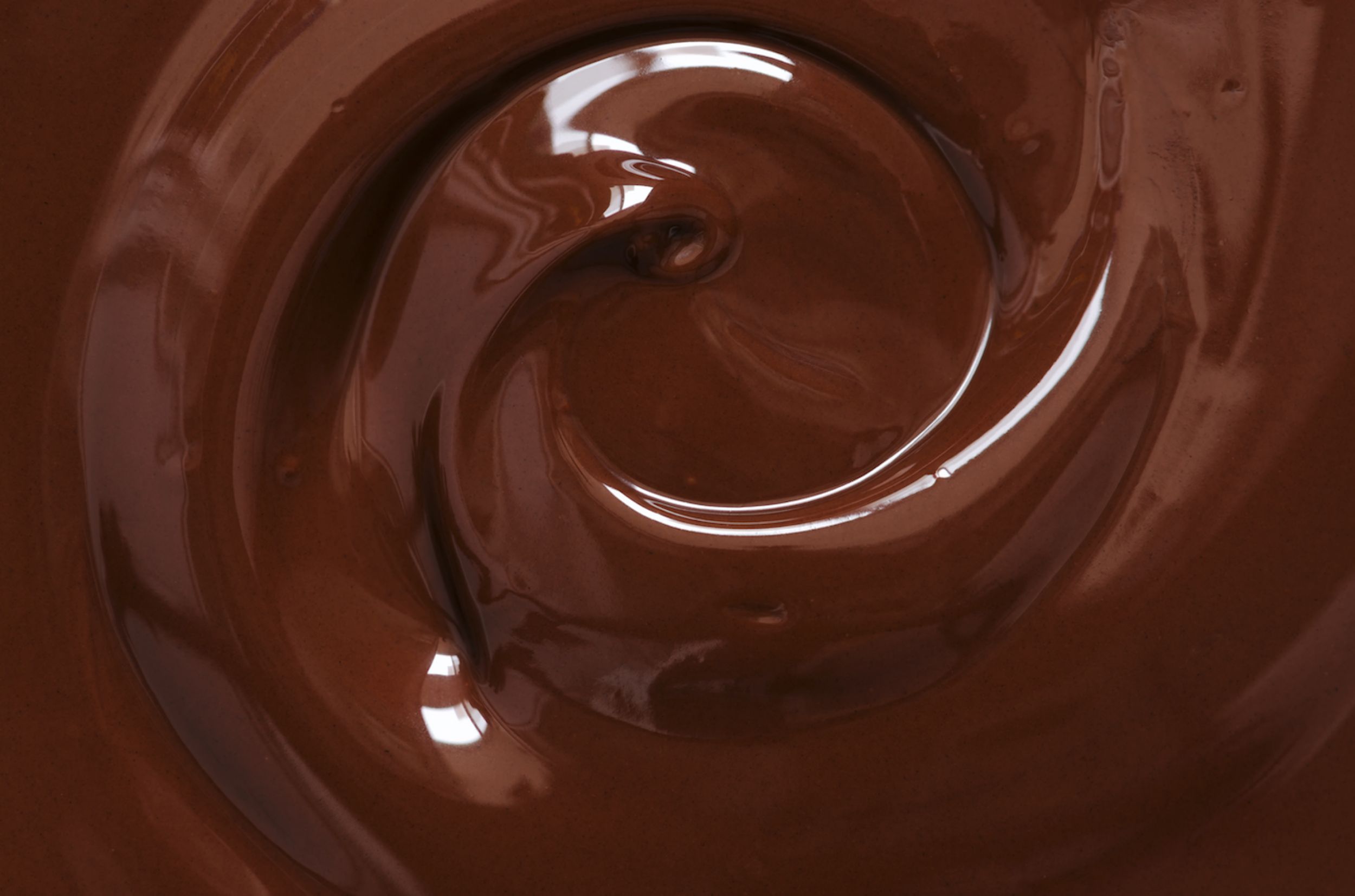Chocolate making is an art form that has been practiced for centuries, particularly in Italy. From the ancient Aztecs to modern Italian chocolatiers, chocolate has a rich and fascinating history. Many interesting facts about Italian chocolate making make it worth exploring further.
In this article, we will share 6 of these fascinating insights into the history and artistry behind Italian chocolate making. We hope you enjoy learning more about this delightful treat and its captivating past!
1. Origin of Italian Chocolate Making
Trace the origin of Italian chocolate making back to its roots and it’s evident that the art has been a beloved tradition for centuries. While each region in Italy brings its unique twist, the craftsmanship is rooted in ancient history.
As early as 400 BC, cocoa beans were imported into Sicily from Central America by Phoenician traders and used to create beverages with an energizing effect. By 1300 AD, Italians were creating sweet treats using marshmallows. Later on, during the 1700s when sugar became more affordable and accessible to most people, Italian confectioners began crafting delicious chocolates combining cocoa butter and sugar with other ingredients like vanilla or cinnamon depending on regional preferences.
Today, there are still countless variations of chocolate being created throughout Italy that reflect both modern tastes, as well as traditional recipes, passed down through generations of master chocolatiers.
2. Traditional Italian Chocolate Making Techniques

Italy is renowned for its artisan chocolate-making techniques, with many traditional methods still used today. From the toasting of cocoa beans in an oven to the careful selection and slow roasting of ingredients, Italian chocolatiers have perfected their craft over centuries. The process begins with cocoa bean farming and harvesting before progressing through fermentation, drying, and grinding.
Once ground, a paste known as “cocoa liquor” emerges which is mixed with sugar, milk powder, or cream depending on recipe requirements. This mixture then goes through a refining process where it can be conched – a process that produces smooth texture by blending the chocolate continuously over several days – or tempered – heating and cooling processes that improve shelf life.
Finally comes the forming of bars or molds into shapes such as bonbons using intricate equipment before being packaged for sale. It takes immense skill to follow these instructions correctly but when done properly result in exquisite flavors from nutty dark chocolates to creamy milk chocolates!
3. Notable Italian Chocolatiers throughout History
Italy has a long and impressive history when it comes to the artistry of chocolate making. Here are six interesting facts about Italian chocolatiers throughout history:
- The first recorded mention of Italy chocolate dates back to 1606, when a Spanish diplomat wrote that he was given “a drink made from cocoa” while visiting Rome.
- In 1763, the world’s first known commercial chocolate factory opened in Turin under the name Caffarel & Co., founded by Carlo Caffarel who used recipes passed down through generations of his family since 1584.
- Gianduja is an iconic Italian treat invented by Michele Prochet in 1806 – a combination of hazelnuts and caramelized sugar mixed with melted chocolate – which later became widely popular after being introduced at the Turin Carnival in 1868 as part of an elaborate float parade themed around gianduja characters created by illustrator Gerolamo Fromageti (AKA Giambattista).
- One of Italy’s most notable chocolatiers is Pietro Ferrero, founder of Ferrero SpA – one of Europe’s largest confectionery companies famous for products such as Nutella, Kinder Surprise eggs, and Tic Tac candy mints – who opened his business in 1946 using only three ingredients: hazelnuts, cocoa powder, and sugar.
- Venchi is another well-known Italian chocolatier founded by Silviano Venchi in 1878 specializing primarily in high-end dark chocolate truffles filled with liqueurs or creams made from fresh fruit juices, nuts, or coffee beans sourced mainly from local farms around the Piedmont region where their production facility is located today.
- Another renowned Italian chocolatier hailing from Sicily is Antica Dolceria Bonajuto established back in 1450 A/D whose specialty is traditional Easter pastries called Granita di Cioccolato that combines walnut paste with a dark chocolate filling wrapped inside puff pastry sheets before being baked until golden brown perfection!
4. The Variety of Flavors in Italian Chocolate

Italy is home to some of the finest chocolates in the world, and it’s no wonder why. Italian chocolatiers take pride in the variety of flavors they offer. From classic milk chocolate to nutty pralines and creamy hazelnut spreads, there are endless possibilities when it comes to Italian Chocolate.
Dark chocolate made with cocoa from Sicily or Piedmont provides a rich flavor that pairs perfectly with nuts and fruits while white chocolate flavored with lemon or orange can make for an elegant finish to any meal.
The combination of traditional recipes and modern techniques means that you can find something that suits every taste bud. Whether it’s a unique dark truffle made using organic ingredients from Calabria, or a velvety gianduja spread laced with almonds from Piemonte, each bite will be filled with deliciousness!
5. Unique Artistry Involved in Crafting and Decorating the Chocolates
The artistry involved in crafting and decorating Italian chocolates is truly unique. From the skilled hands of the chocolate makers to the creative minds behind their designs, it’s easy to see why this type of confectionery has become so beloved around the world. Whether it’s a traditional truffle or a modern bonbon, each piece of chocolate requires an immense amount of skill and attention to detail.
From tempering cocoa butter and mixing ingredients into handmade molds, to hand-painting intricate decorations on top – every step along the way is part of what makes Italian chocolate making special. Even small details like selecting just the right shape for a particular flavor can make all the difference between something ordinary and extraordinary. Every aspect from start to finish must be perfect for these masterpieces to come together successfully!
6. Regional Differences in Italys Delicious Treats

When it comes to the issue of regional differences in Italian treats, one thing is certain: each region has its unique take on chocolate-making. From Piedmont’s iconic gianduja spread to Sicily’s rich almond and pistachio marzipan, Italy is a veritable hub of chocolate creativity.
In Tuscany, dark pure cocoa bars are popular while Veneto specializes in fruit-infused truffles. Emilia-Romagna boasts an array of hazelnut confections, from crunchy pralines to creamy spreads. Even within a given region, there can be variations in specialty chocolates; for example, Abruzzos Tartufo combines cocoa with nutty hazelnuts or almonds as well as flavors like orange or cherry liqueur.
Whether sweet or savory, each Italian treat is crafted with precision and passion – a testament to the country’s long history of artisanal chocolate making.

